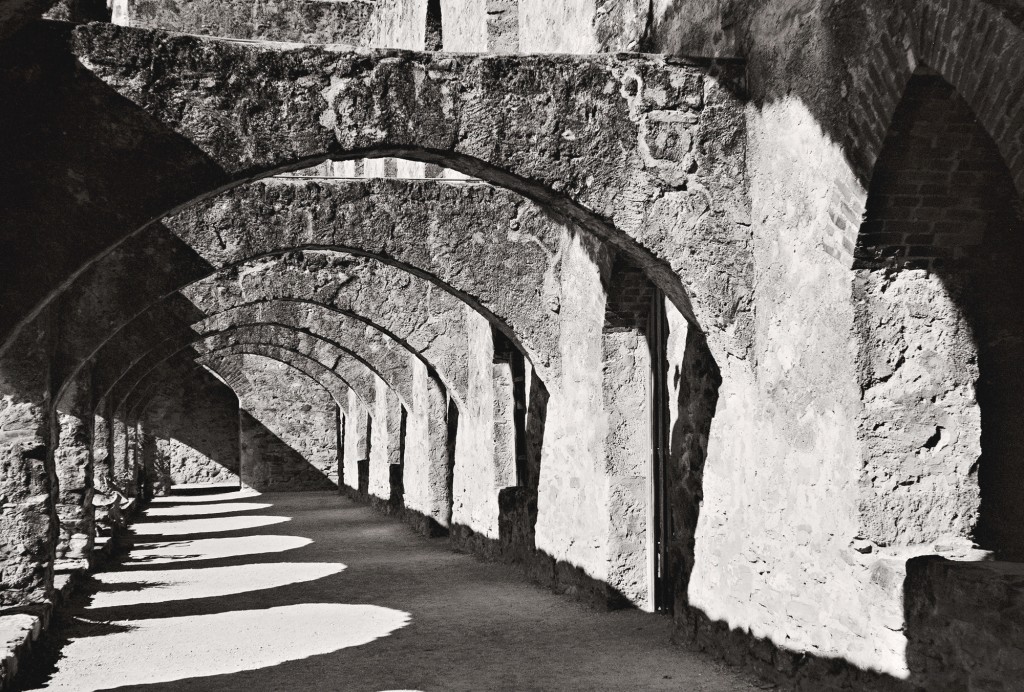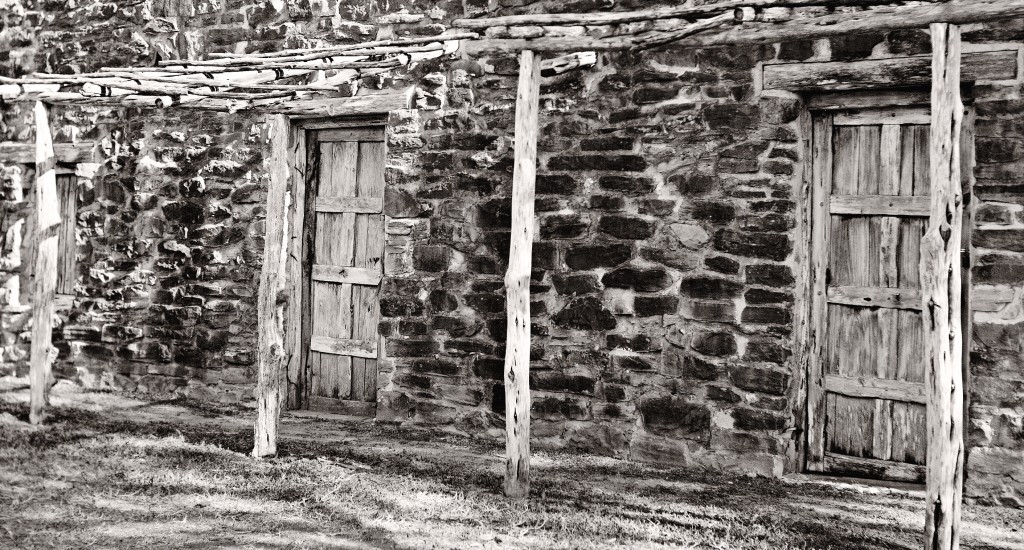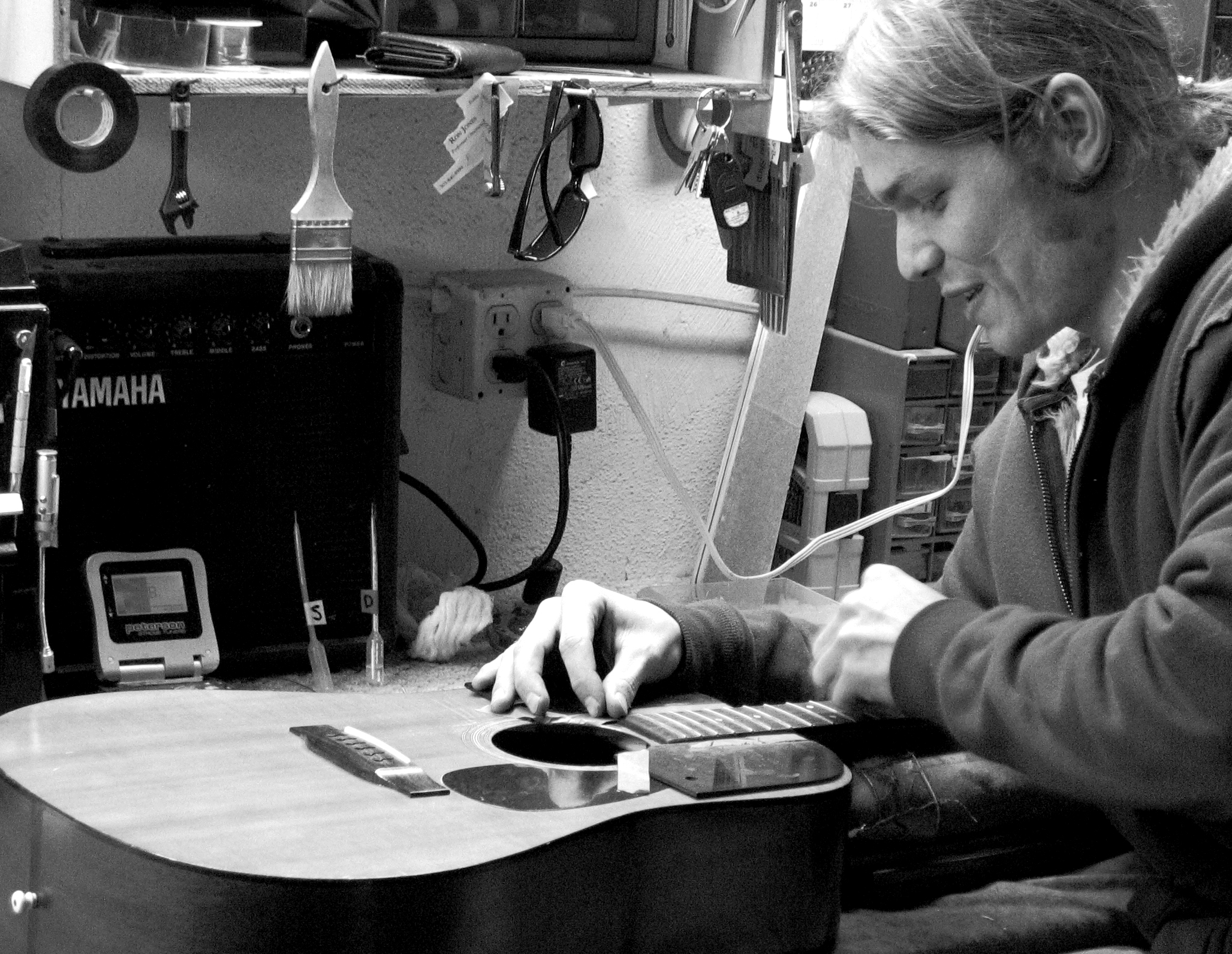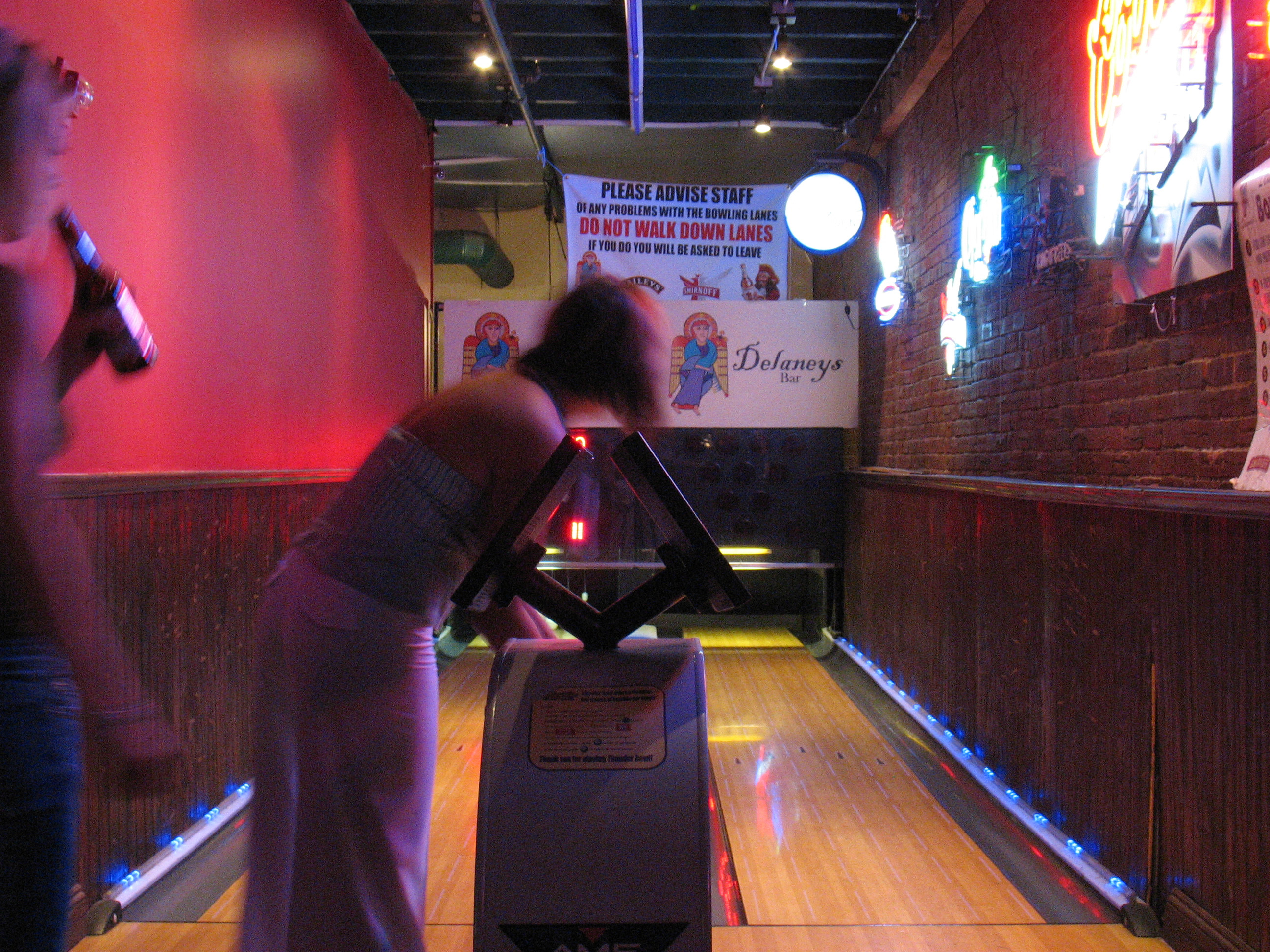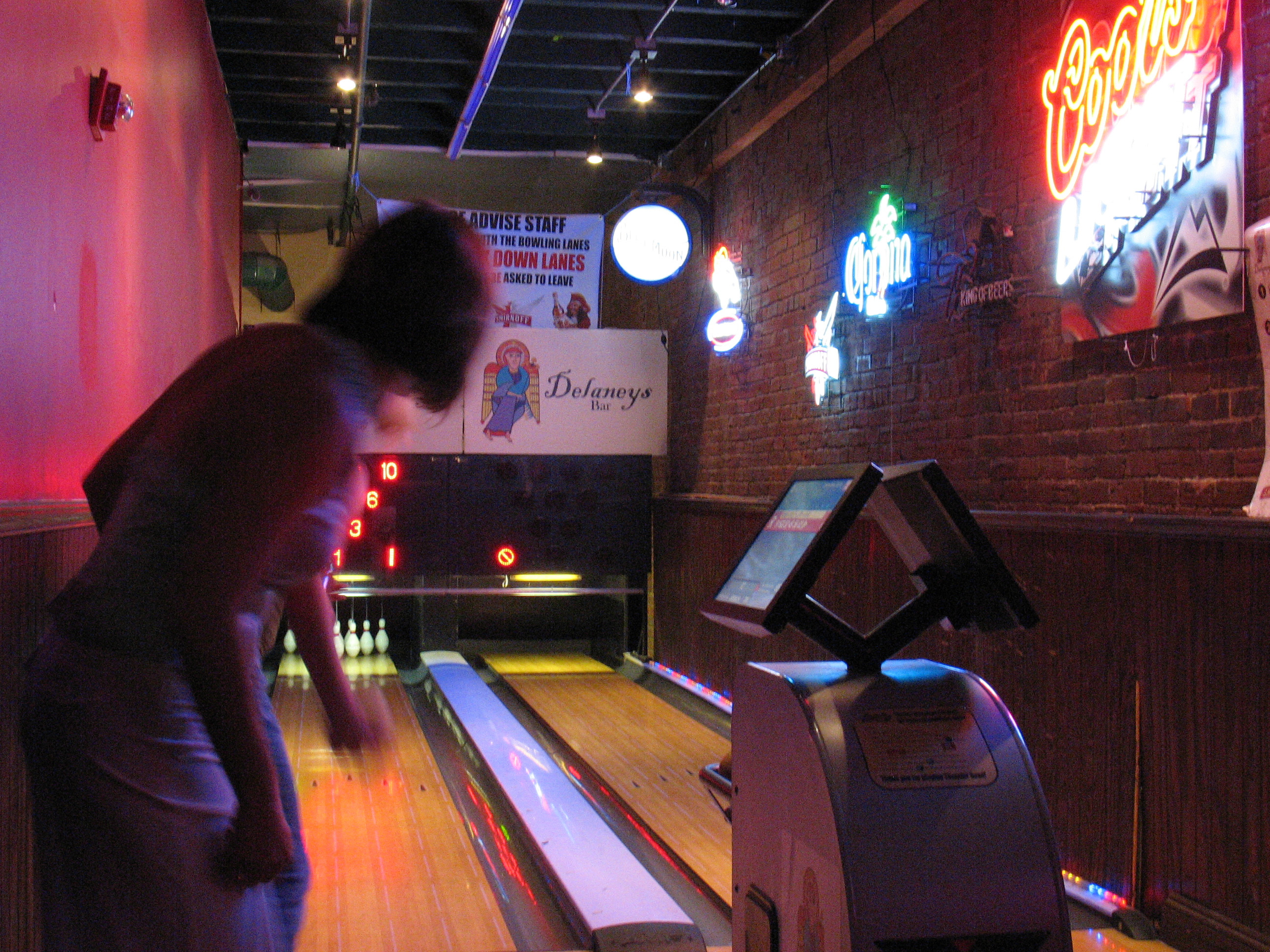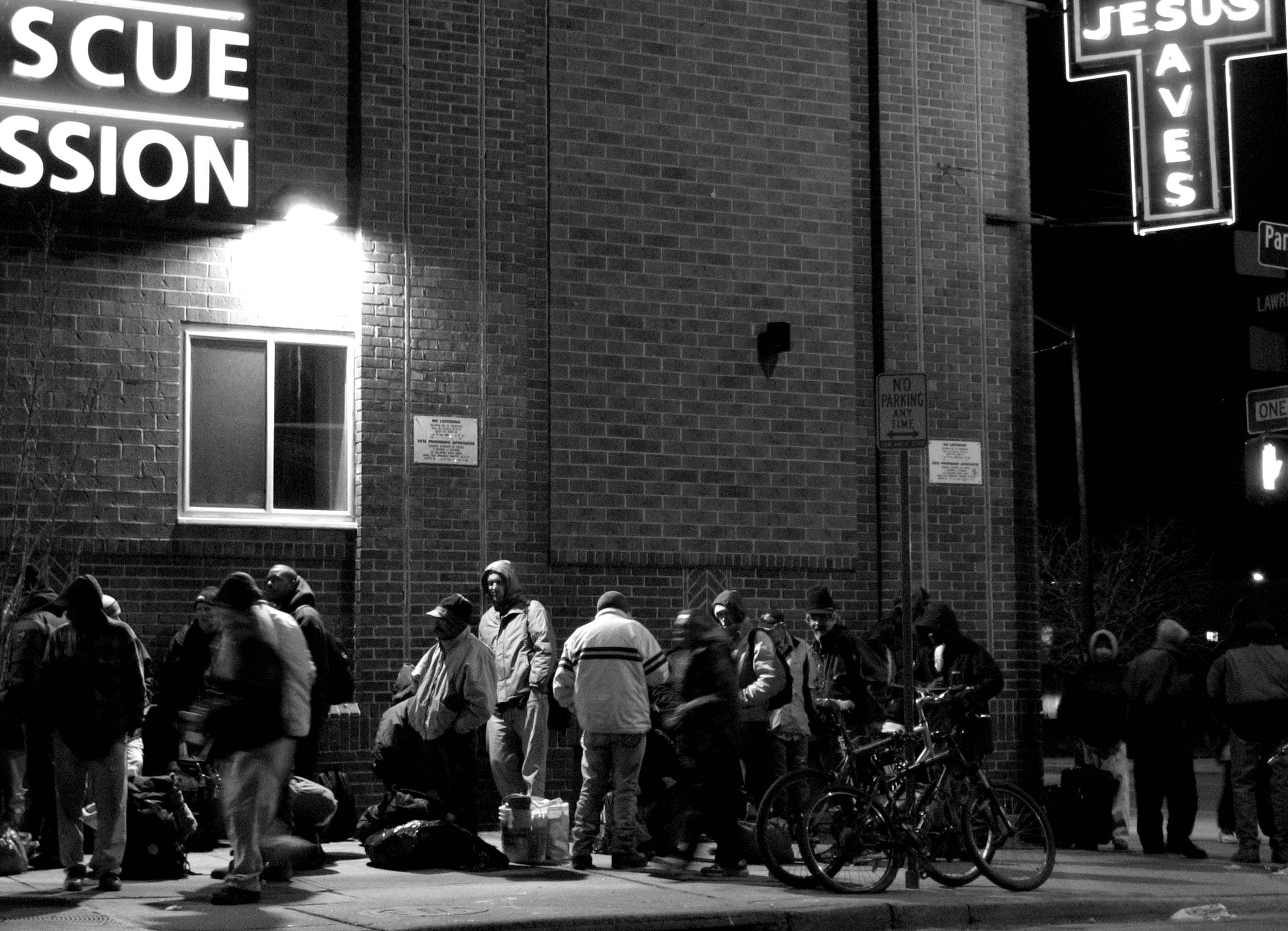
At Pearson College
Many people are fascinated by vintage cameras. Not all people, but those that aren’t are ignoramuses* and don’t count.
You will find that a vintage camera can be your entry into the lives and work of others; not only will you be granted the gift of great images, you will make friends. If you pop open a shiny 1950 Voigtlander Bessa, with its lovely curved struts and Art Deco styling, you are clearly an artist. Or at least, someone interesting. Or maybe just odd. But still interesting. In the end, you are much more likely to be granted a photograph than if you wave a digital point-and-shoot under someone’s nose and look like another annoying tourist.
Conversely, if you have classic cameras, and people are kind enough to be your subjects, give something back. Do not, as the scriptures put it, hide your camera under a basket – bring it out and share it, particularly with young people who may have never seen a film camera before. Their enthusiasm will be your reward!
Lester B. Pearson College in Victoria, B.C. is one of thirteen United World Colleges. The United World College movement was born from the bitter experience of World War II. The founders believed that much could be done to overcome hostility and conflict if young people from different nations, races and religions could be brought together to learn from each other. Together they established a new concept of education that would become a powerful force for peace. The first United World College, the College of the Atlantic, was founded in Wales in 1962 and was followed by the Lester B. Pearson College of the Pacific in 1974.

Pearson College is a unique two year pre-university school that brings 200 students from 100 countries to live and learn together in an idyllic seaside setting amongst the moss-covered bluffs and twisted arbutus trees of Pedder Bay west of Victoria. Students pursue the full International Baccalaureate Diploma Program while living in an intimate community with faculty, staff and their

families. A wide range of activities are offered, but innovation is welcome and students are encouraged to find, pursue and share what they are passionate about. All students attend on full scholarship and are selected based on promise and potential, regardless of race, religion, politics or financial means.

Through the kindness of Pearson’s Jim Freer, director of the college’s photography activities, I was able to bring vintage cameras to the students. The small group setting allowed the students to touch and work each of the cameras, seeing their evolution from the fixed-focus-and-rail of the 1914 Kodak to the sleek lines and front element focusing of the Voigtlander. They came to appreciate the mechanical challenges arising from the simple act of moving the shutter release from the lens to the top plate, and worked the lovely brass pistons of an early Bausch and Lomb pneumatic shutter. My enormous Mexican Noba (the subject of a future posting) was a hit, and introduced them to camera movements, large format, and the quirks of Turkish camera shops.

The enthusiasm of the students is infectious, and I certainly hope that I will be able to continue to share in the activities of this unique college.
~~~~~~~~~~~~~~~~~~~
*Note: For those of you who are frustrated Latin scholars, the plural of “ignoramus” is not “ignorami”, but “ignoramuses”. The term “Ignoramus” was popularized by George Ruggle in 1615 in his play Ignoramus, or the Academical Lawyer (written in Latin) about a lawyer who knew nothing of the law, and Mr. Ruggle did use the Latin form of the plural. However, Fernando Parkhust cemented the English version of the plural into our language when he translated and popularized Ruggle’s play in 1660.
References:
“Ignoramus.” Wikipedia articles. http://en.wikipedia.org/wiki/Ignoramus.
“Pearson College.” http://www.pearsoncollege.ca/about.
“United World Colleges.” http://lbpcserver.net/pctest/uwc.
